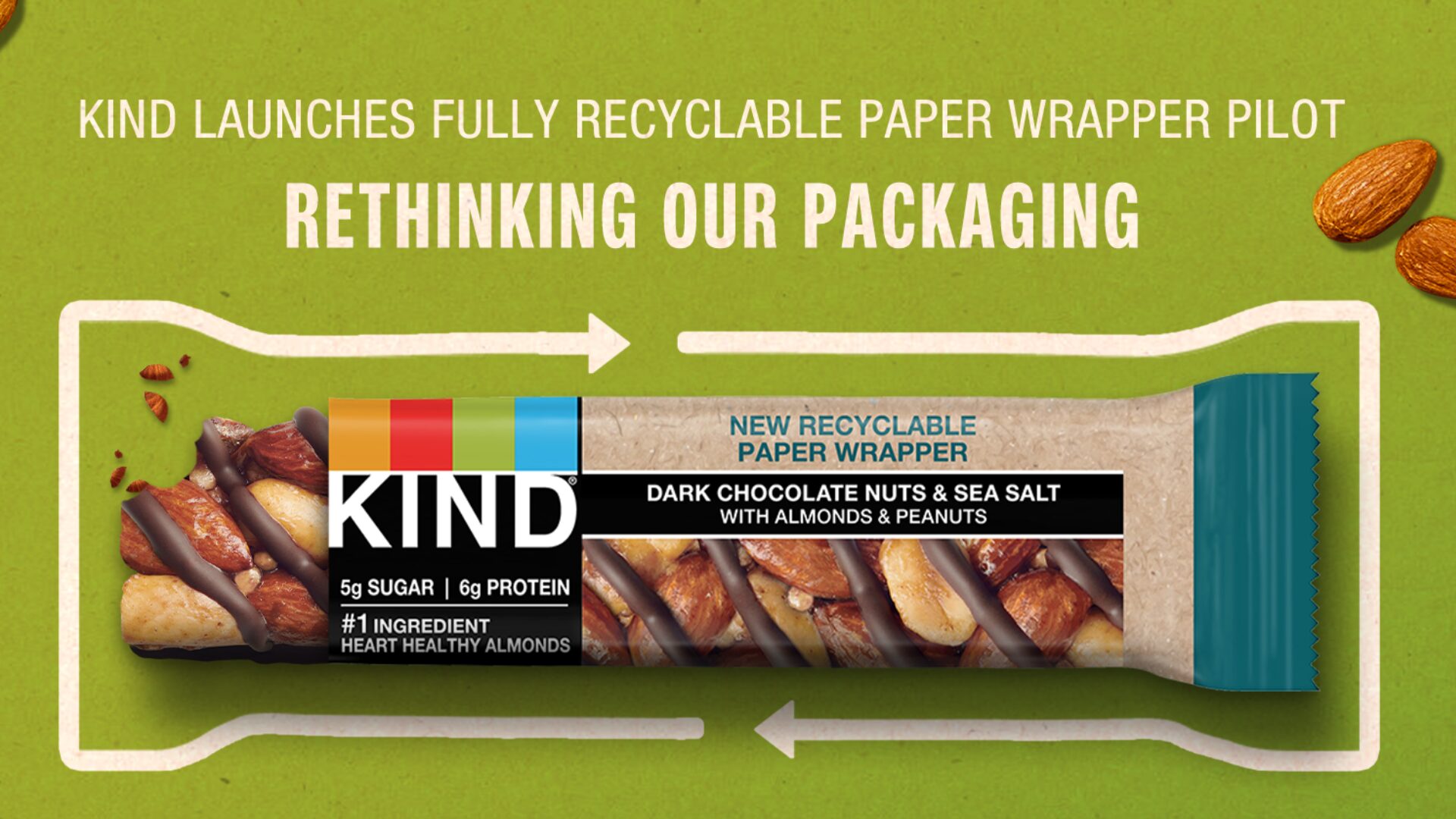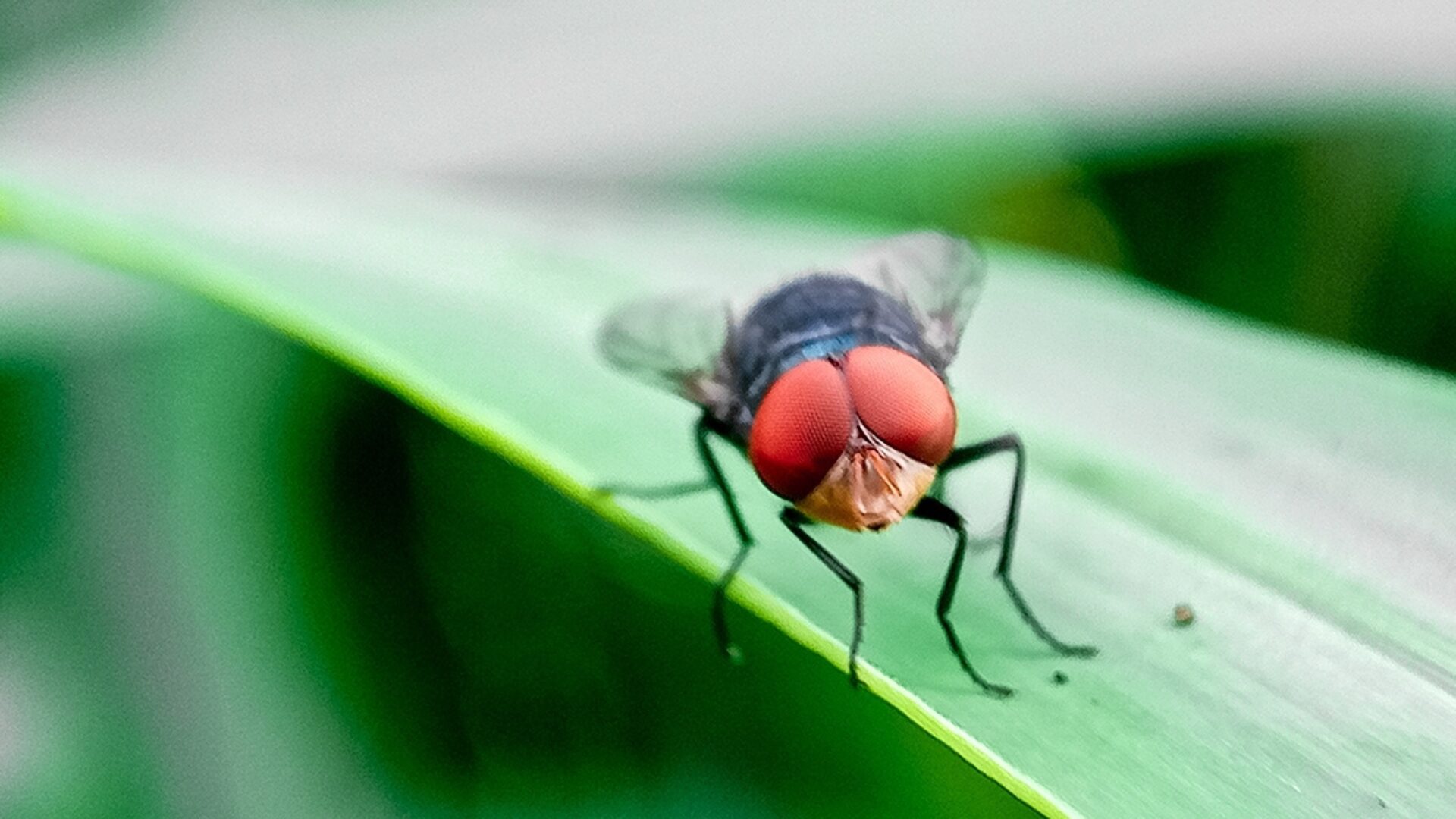Environmental activists point to issues like Amazon deforestation to suggest Earth is running out of agricultural real estate. Making matters worse, the United Nations predicts that, within three decades, the world’s population will reach nearly 10 billion, and feeding such a sizable population will require the production of approximately twice as much food as farmers currently produce.
Due to such issues, a growing segment of environmentally focused business leaders has sought a solution.
Some feel that solution could, in essence, be in their backyard, in the form of … insects.
Yes, CEOs like Olympia Yarger view insect protein as an intriguing option in the quest for improved sustainability (insects take up minimal space, for starters). Yarger is the founder of GOTERRA and a chair for the Insect Protein Association of Australia. She was interviewed by The Food Institute as part of its extensive August report on insect protein, which can be accessed starting Tuesday by clicking here.
“I believe we’re going to need as many alternative mechanisms to create protein as possible,” said Yarger, whose company uses insects to create circular economy waste solutions, in an email to The Food Institute. “Producing protein in small places without the use of arable land – and that isn’t influenced by weather – is going to be a significant strategic, and necessary, component of successful production and stability of our food supply chain.”
The high-nutrition value of insects, such as protein-dense crickets, coupled with their ability to grow in small spaces, could be able to meet the future needs of a growing population, according to the website for FIRST (Food Improved by Research, Science and Technology).
Yet, while humans eat insects in countless countries around the world already, many analysts feel the market for the human consumption of bugs is rather limited in the foreseeable future.
The same can’t be said for livestock, and even pets.
According to a recent report by Rabobank, the demand for insect protein, mainly as an animal feed and pet food ingredient, could reach half a million metric tons by 2030, up significantly from today’s market. That report also indicated there’s no shortage of interested investors in the insect protein segment, either.
“There’s still some stigma surrounding insects in western society,” said Sean Warner, the CEO of Grubbly Farms, which produces insect grubs used in a variety of animal feed. “But I expect insect protein to only grow in popularity as the public becomes more educated on the industry.”











